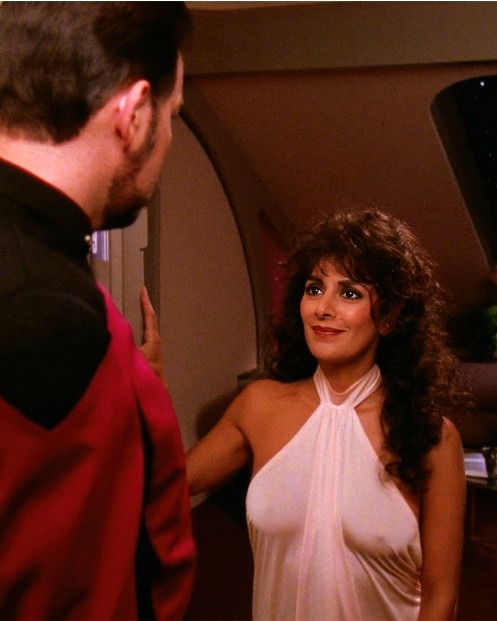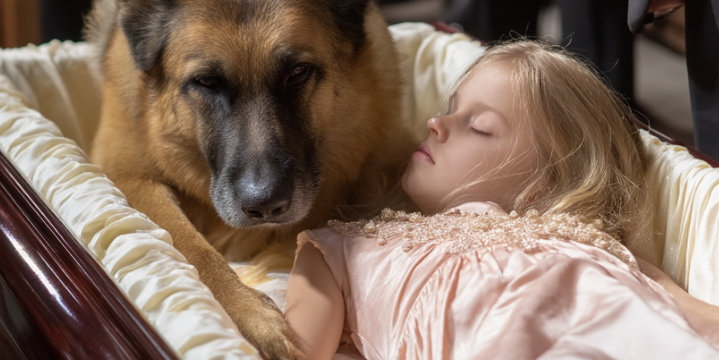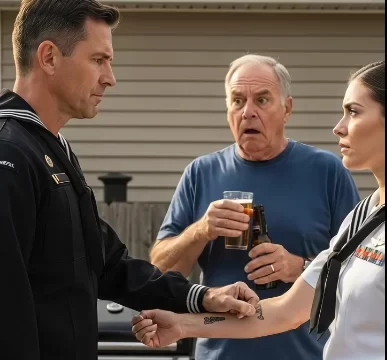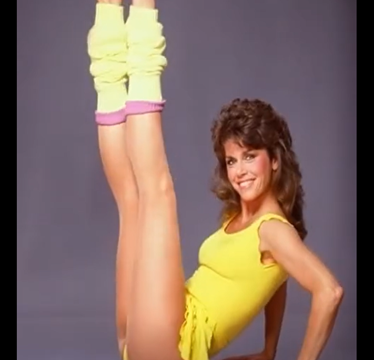Star Trek: The Next Generation wasn’t just another TV show—it was a groundbreaking phenomenon that reshaped the landscape of science fiction. When it premiered in 1987, it took audiences on an extraordinary journey, blending Shakespearean drama with interstellar exploration. By the time its finale aired in 1994, drawing over 30 million viewers, the series had cemented itself as a benchmark for sci-fi storytelling. But beyond its thrilling plots and beloved characters, the show harbors secrets and surprises that even its most dedicated fans might have overlooked.

Many cast members formed lifelong friendships after the series wrapped. Patrick Stewart (Captain Picard) and Jonathan Frakes (Riker) developed a camaraderie that endures to this day. Their humor and chemistry remain evident at conventions, and they often get together for dinners. When LeVar Burton married in 1992, Brent Spiner was his best man, while Stewart, Frakes, and Michael Dorn served as ushers, further proving how close-knit the cast became over the years.
One particularly endearing friendship developed between Michael Dorn (Lt. Worf) and Marina Sirtis (Counselor Troi). Despite their undeniable chemistry, they initially couldn’t stand each other during the first season. Over time, their bond grew so strong that it sparked dating rumors, though both have consistently denied any romantic involvement. Dorn once admitted he’s always been drawn to strong women, which may explain their natural connection.
While the series enthralled viewers, the cast endured some significant challenges—one of the biggest being their costumes. The original Starfleet uniform was notoriously uncomfortable. In fact, Patrick Stewart’s agent had to threaten legal action against Paramount, concerned that Stewart might suffer muscle or joint damage from wearing the restrictive one-piece spandex suit. The discomfort led to a major wardrobe overhaul by the third season, replacing the spandex with a more comfortable two-piece polyester design.
Casting Patrick Stewart as Captain Picard was another unexpected twist. Gene Roddenberry, the creator of Star Trek, initially resisted the idea, preferring a younger actor with a full head of hair. However, producer Robert H. Justman was convinced of Stewart’s talent and pushed hard to get him the role. To secure approval from Paramount executives, Stewart even wore a hairpiece to his first meeting. Ironically, after deciding to cast him, the executives insisted he ditch the “ridiculous toupee.” Brent Spiner later poked fun at this by placing a sign outside Stewart’s dressing room that read, “Beware: Unknown British Shakespearean Actor!”
Michael Dorn’s iconic Worf makeup was another significant challenge. Each transformation required a grueling two-hour application process. In Season 2, disaster struck when his original Klingon forehead prosthetic was stolen, forcing the crew to create a replacement. The new design subtly altered Worf’s appearance, but few fans noticed.
Wil Wheaton, who played Wesley Crusher, also had his share of behind-the-scenes moments. When the cast negotiated for a pay raise, Wheaton was instead offered a promotion for his character. His sarcastic response? “So what should I tell my landlord when I can’t pay rent? ‘Don’t worry, I just made Lieutenant’?”
LeVar Burton’s character, Geordi La Forge, became an inspiration for the disabled community thanks to his VISOR, a device allowing him to “see.” But in reality, the prop was a nightmare to wear. Made from a car air filter and a hairband, it caused Burton severe headaches, as it had to be tightly screwed onto his head. Despite its discomfort, the VISOR became so important to representation that producers scrapped an idea to restore Geordi’s eyesight later in the series.
Another fun detail about Burton: during long shooting days, he sometimes dozed off on set. Since his VISOR covered his eyes, no one could tell when he was asleep! Marina Sirtis, who played Counselor Troi, also had an amusing challenge—she wore a wig for most of the series. Gates McFadden (Dr. Crusher) initially used her natural hair, but constant lighting adjustments led to the decision to use expensive real-hair wigs. Sirtis, envious of McFadden’s premium wigs, was finally given her own high-quality hairpiece by Season 4.
Jonathan Frakes’ signature Riker beard was also an unplanned phenomenon. During the 1988 writers’ strike, Frakes grew a beard, planning to shave before filming resumed. But producers liked the look and asked him to keep it, making it an iconic part of his character. The beard became so legendary that even Q later joked, “Riker was more fun before the beard!”
The show almost had an even bigger star—Robin Williams. A huge Star Trek fan, Williams was eager to guest star, but scheduling conflicts with the movie Hook forced him to turn down the role in the Season 5 episode “A Matter of Time.”
Interestingly, Patrick Stewart initially believed Star Trek: The Next Generation would flop. He was so convinced that he didn’t unpack his suitcases for the first six weeks of filming. Yet, by the end of the first season, the show had exceeded expectations. By 1992, each episode cost nearly $2 million to produce, bringing in around $90 million annually in advertising revenue. What started as a gamble turned into one of television’s most successful and influential sci-fi series.
Even decades later, Star Trek: The Next Generation remains a cultural touchstone. Whether it’s lifelong friendships, behind-the-scenes struggles, or hilarious mishaps, the show continues to captivate fans. Do you have any favorite memories or fun facts about the series? Share them with fellow Trekkies and spread the love for this legendary franchise!





